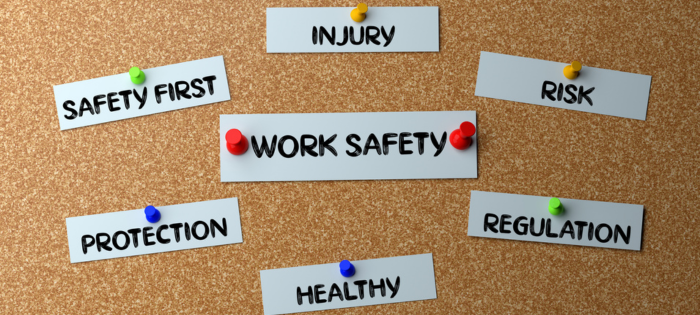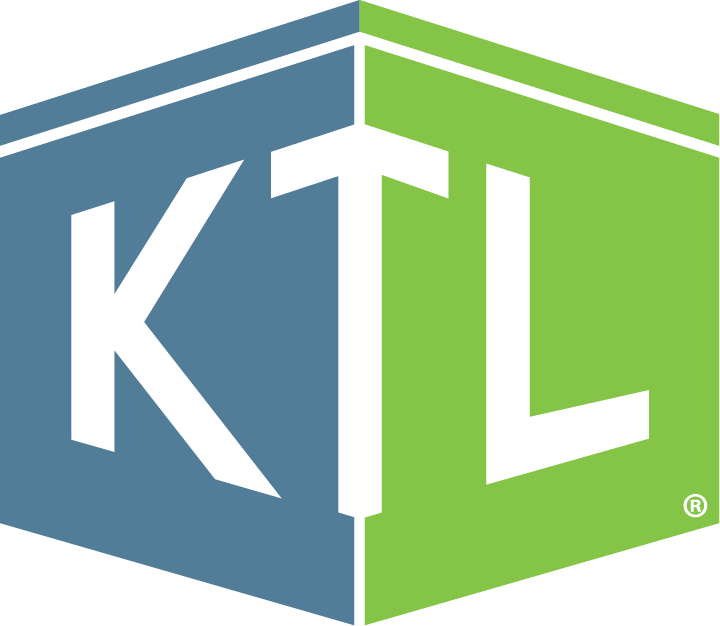
Safety
Comments: No Comments
As discussed in KTL’s recent EHS: Top Trends for 2025 article, there are a number of anticipated challenges and opportunities in environmental, health, and safety (EHS) for 2025—some ongoing and some just gaining traction with impacts yet to be known, particularly with the change in Administration just taking hold. Regardless, the importance of investing in a strong health and safety program cannot be underestimated. Here are five tips to help start the year strong in health and safety.
1. Plan for Consistency. With so many changes happening in the world at such a rapid-fire pace, consistency creates a predictable environment for employees to maintain positive health and safety practices. Consistency in both action and communication is equally important in the health and safety world. Inconsistent expectations and actions lead to inconsistent behaviors. Ambiguity in messaging and instructions can further cause health and safety hazards.
Keep it simple and consistently reinforce the same message to elicit consistent safety performance. As some examples:
- Always use the right tool for the job.
- Stop work when needed to address hazards.
- Communicate with other personnel about hazards.
- Always wear the proper personal protective equipment (PPE) for each task.
2. Focus on Continuous Small Improvements. Continuous improvement does not mean erratic change. Change should be sustainable, and that happens best when it is introduced and implemented incrementally. Small changes can lead to big differences; it just requires a plan. Identify the big goal, and then define those small steps needed to reach it. Thinking big but acting small can help create buy-in across the organization, consume fewer resources, and create small “wins” more quickly to drive momentum toward reaching the big goal.
3. Prioritize Communication in All Forms. When it comes to the characteristics of an excellent safety culture, communication is at the top. It is vital that all levels of management (i.e., senior, middle, supervisory) communicate their commitment to safety clearly to workers. It is equally important that workers feel empowered to discuss their safety concerns. Having a safety culture where workers do not feel like they can speak up at work when it comes to their safety can present significant threats to workers and the overall well-being of the company.
- Use a variety of communication channels (e.g., one-on-one conversations, regular safety briefings, written materials, visual aids) to improve worker understanding.
- Practice active listening; communication goes two ways!
- Be clear, concise, and consistent in your messaging (see #1 above).
4. Incorporate Leadership. In its Recommended Practices for Safety and Health Programs, the Occupational Safety and Health Administration (OSHA) outlines best practices for implementing and maintaining a health and safety program. Management leadership is a core element. According to the guide, management provides the leadership, vision, and resources needed to implement an effective health and safety program. Management can exhibit this in several ways:
- Demonstrate a commitment to continuously improving workplace health and safety, including eliminating hazards and protecting workers.
- Make safety and health a core organizational value with associated health and safety goals and objectives.
- Establish program expectations and responsibilities that engage employees.
- Provide adequate resources and support for the program
- Set a good example when it comes to prioritizing health and safety.
- Communicate regularly with workers about the importance of workplace health and safety.
5. Encourage Worker Participation. Worker participation is another of OSHA’s core elements of workplace health and safety in its Recommended Practices for Safety and Health Programs. Engaging workers at all levels in establishing, implementing, evaluating, and improving health and safety in the workplace creates buy-in. It is important that organizations encourage workers to report health and safety concerns and promote a psychologically safe environment. Organizations should also work to actively engage employees in other health and safety initiatives, such as conducting hazard assessments, developing policies, serving on safety committees, leading toolbox talks, and more.
All of these tips come down to one thing—protecting employee health and safety. Regardless of external factors (e.g., regulatory uncertainty, supplier requirements, consumer demands, financial incentives, etc.), protecting employees should always be a top priority, and these five tips can help ensure you start the year strong.
